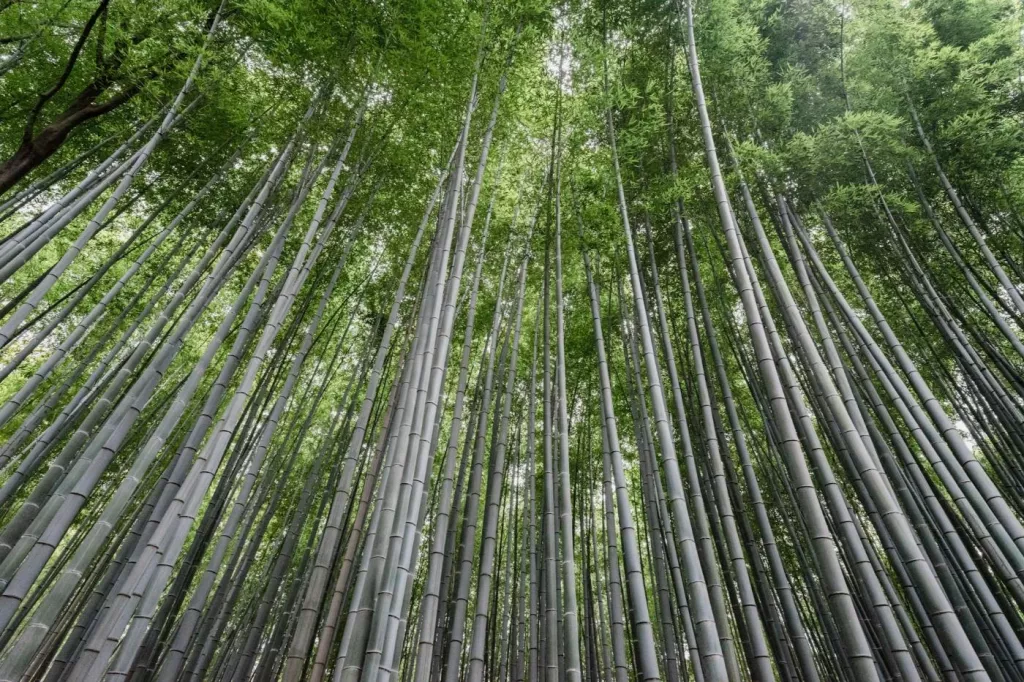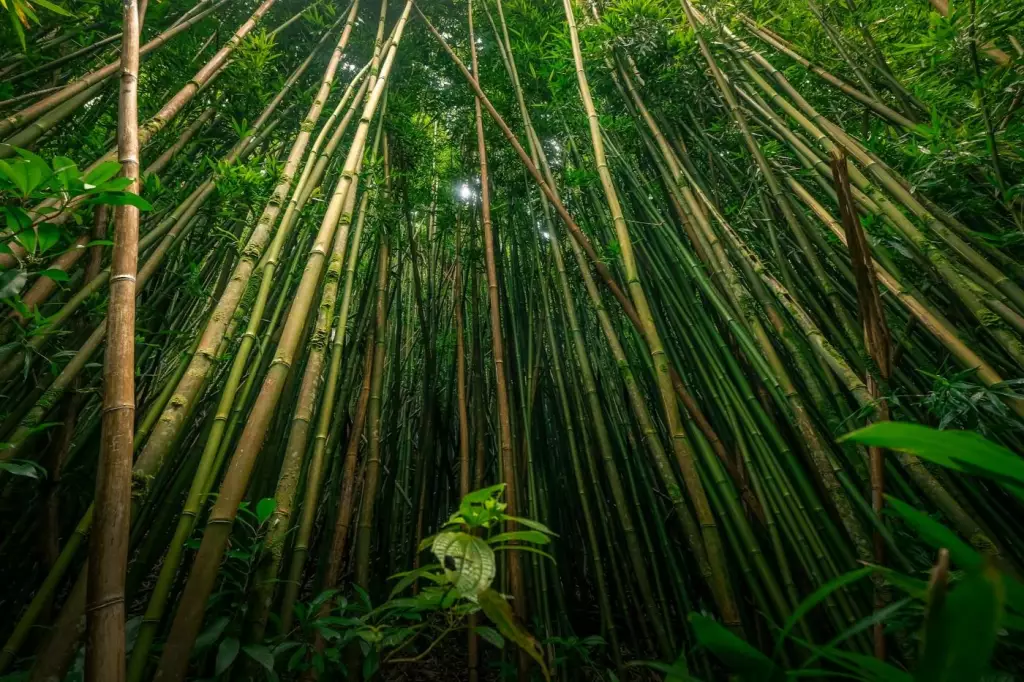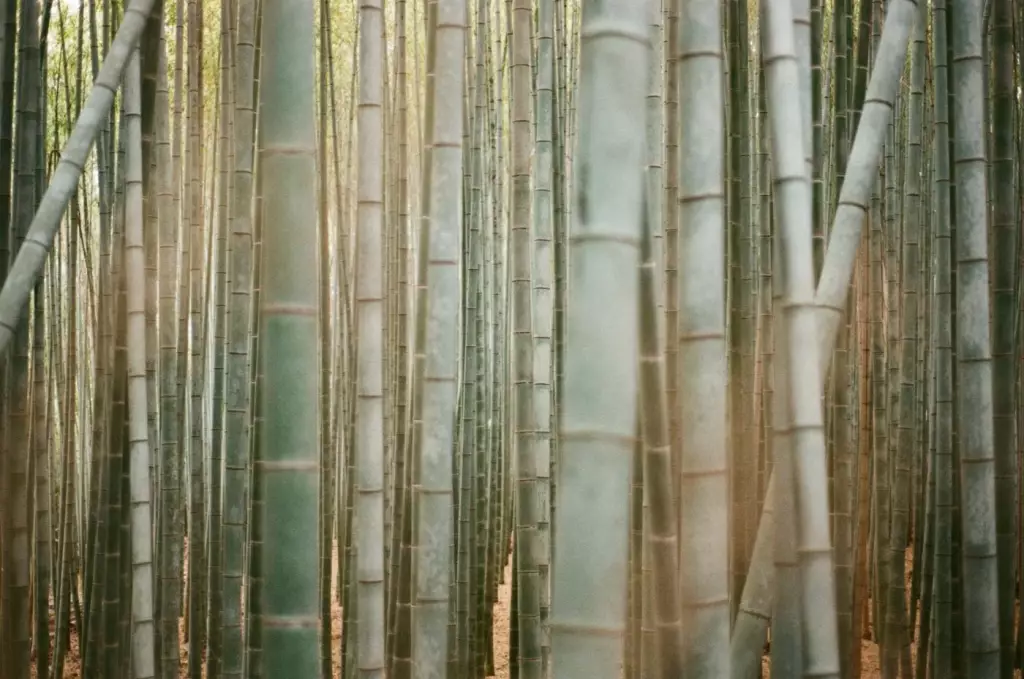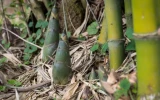How Many Bamboo Plants Can You Grow per Acre?
Mature bamboo groves can yield up to $25,000 per acre annually in high-demand markets. With the right conditions, an acre can sustain a large number of bamboo plants, showcasing its capacity for dense planting and significant returns. This article will focus on the ideal number of bamboo plants per acre for optimal growth and maximum profit, offering a detailed guide to successful bamboo cultivation.
For commercial bamboo farming, densities can range from 200 to over 1,200 plants per acre, with spacing from 5x5 feet to 10x10 feet, accommodating various growth habits and sizes of bamboo. However, the number of bamboo plants you can grow per acre depends on the bamboo species and planting density.
Some bamboo types prefer to stretch their leaves in solitude, requiring more room, while others thrive in close-knit communities. Let's find out which bamboo likes more room and which ones enjoy being close, helping you decide the best way to plant your bamboo forest.
Summary
- The growth rate of bamboo is influenced by soil, climate, and cultivation techniques, emphasizing the importance of selecting the right bamboo variety and providing optimal growing conditions to maximize yield and profitability.
- In regions with warmer, more humid climates, bamboo can grow more vigorously, potentially allowing for tighter spacing if the goal is to achieve rapid canopy closure for purposes like privacy screens or erosion control.
- Conversely, in cooler or less ideal climates where bamboo grows slower, wider spacing might be preferable to allow each plant enough space to receive adequate sunlight and nutrients without excessive competition, promoting healthier growth and reducing the risk of disease.

On this page:
Calculating Bamboo Plant Density per Acre
If you're aiming for a typical bamboo plantation, effective spacing may range from 5x5 feet to 20x20 feet.
For seed-based propagation, depending on the spacing and method, you could be planting anywhere from approximately 435 to 110 plants per acre.

For more intensive farming or smaller bamboo varieties, tighter spacing would increase the number of plants. This is important for calculating expected yield and profit from your plantation, as well as estimating labor needs for planting bamboo and ongoing care.
| Spacing (feet) | Bamboo Plants Per Acre |
|---|---|
| 5x5 | 1,742 |
| 10x10 | 435 |
| 20x20 | 110 |
Remember, the growth and success of your bamboo largely depend on the right conditions. Bamboo thrives in sunny environments like Southeast Asia and Africa, but it's adaptable to other regions too.
Labor for planting and maintenance will vary with the number of plants and the density of your bamboo for-profit venture. Your strategy might also include growing bamboo in containers for direct retail sales to garden centers, which affects spacing and the total number of plants per acre.
Before planting your seedlings, consider that it might take a few years for a bamboo plantation to become profitable. However, once established, the profits per acre can be substantial, given the high demand for bamboo products and the plant's rapid growth rate.
Bamboo Plant Growth Rate
Understanding the growth rate of bamboo influences how densely you can plant and the yields you can expect per acre. Factors like soil and climate, along with cultivation techniques, play central roles in optimizing the growth of your bamboo plants.
Soil and climate factors
The success of growing bamboo largely depends on the soil and climate of the region. If you live in the US, here are a few regions where bamboo can be cultivated.
Bamboo thrives in well-draining soil rich in organic matter. The optimal soil temperature for bamboo is typically between 65°F to 95°F. Bamboo prefers a climate that provides ample sunlight and consistent moisture without being waterlogged.
In India, for example, the varied climate allows for the cultivation of different bamboo species, adapting to the diverse regional conditions. Here's a brief tabulation of preferred conditions for common bamboo species:
| Bamboo Species | Temperature Range (°F) | Sunlight Exposition |
|---|---|---|
| Phyllostachys | 65–95 | Full to partial |
| Guadua | 70–90 | Full |
| Dendrocalamus asper | 75–95 | Full to partial |
| Bambusa balcooa | 60–100 | Full |
A proper balance of climate and soil composition ensures your bamboo grove is healthy and has the best chance for robust growth.
Bamboo Cultivation Techniques
Your approach to bamboo cultivation directly impacts the growth rate of the plants. Starting with the selection of bamboo variety, clumping bamboo is recommended for easier management, while running bamboo requires containment.
When planting, ensure sufficient space for each bamboo culm to grow; this typically ranges from 5 to 8 feet apart for most varieties.
Bamboo plants demand consistent feeding and benefit from the application of high-nitrogen fertilizers.
To support their rapid growth, provide a 2- to 3-inch layer of compost or mulch and maintain regular watering or irrigation.
For bamboo that is grown for construction purposes, like scaffolding or musical instruments, it's important to implement a harvesting rotation that allows the bamboo to reach optimal strength and size.

The suggested standard period before harvesting poles for these uses should be about 3–5 years, ensuring maximum profits due to the high demand for quality bamboo.
Bambo Spacing Strategies
When you're planning your bamboo plantation for profitability, precise spacing can influence yield, harvesting labor, and overall bamboo growth.
Each species of bamboo, like Phyllostachys, Guadua, or Moso Bamboo, has its requirements, but here's a general guide.
- For a privacy screen or hedge, plant bamboo 3 to 5 feet apart.
- For timber or poles, like Phyllostachys bambusoides for construction use, spacing is typically wider – about 5 to 10 feet apart. This gives each culm enough space to mature, offering better bamboo products to the market.

More space may be required in areas where bamboo can spread out more quickly, which can reduce the costs on weed control and cultivation.
| Bamboo Type | Suggested Spacing |
|---|---|
| Privacy screen | 3–5 feet apart |
| Construction bamboo | 5–10 feet apart |
Remember, densely planted bamboo yields more poles or culms but may require more labor for maintenance.
In contrast, wider spacing may mean fewer bamboo plants per acre but larger individual culms that are easier to harvest and could be more profitable, especially when dealing with large-scale bamboo products like bulk fencing. Learn more about bamboo yield per acre in this article.
Growing bamboo can be a cash crop with environmental benefits, like carbon sequestration, making it a strategic choice for your bamboo farming endeavor.

Ensure you understand the specific bamboo species you plan to grow, as different bamboo types may lead to varying profit opportunities, from direct retail sales to supplying manufacturers with raw materials.



